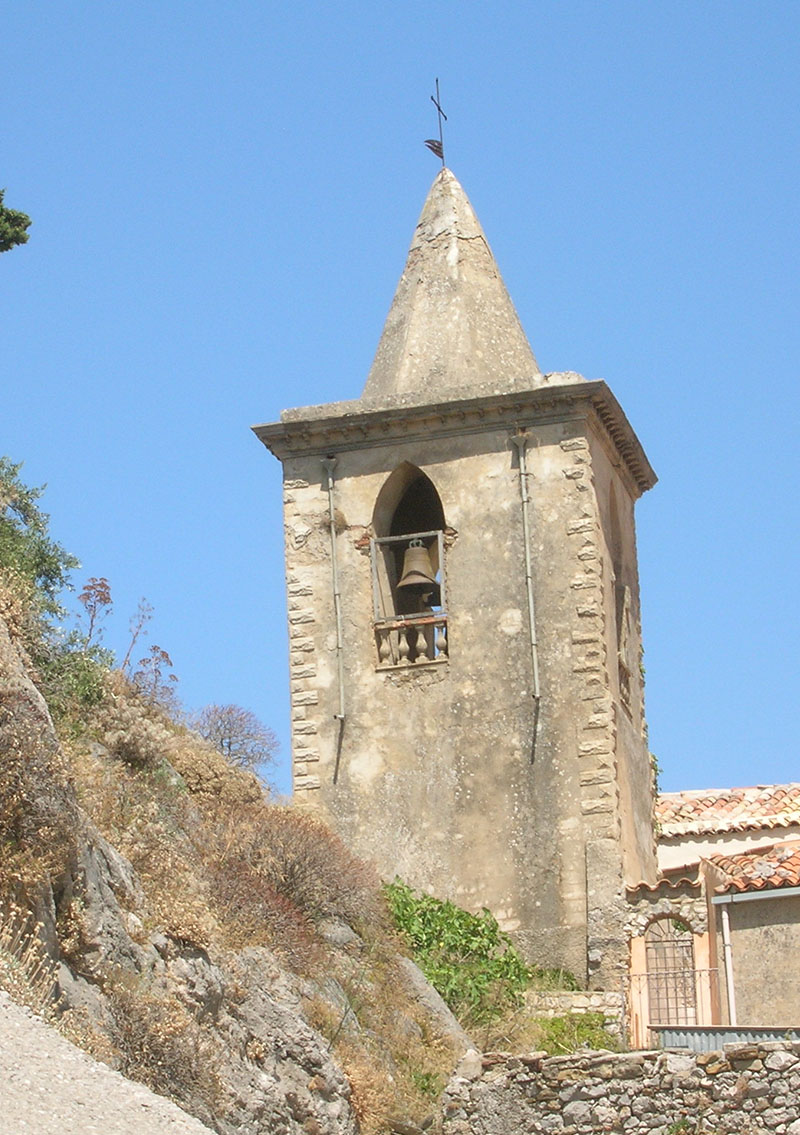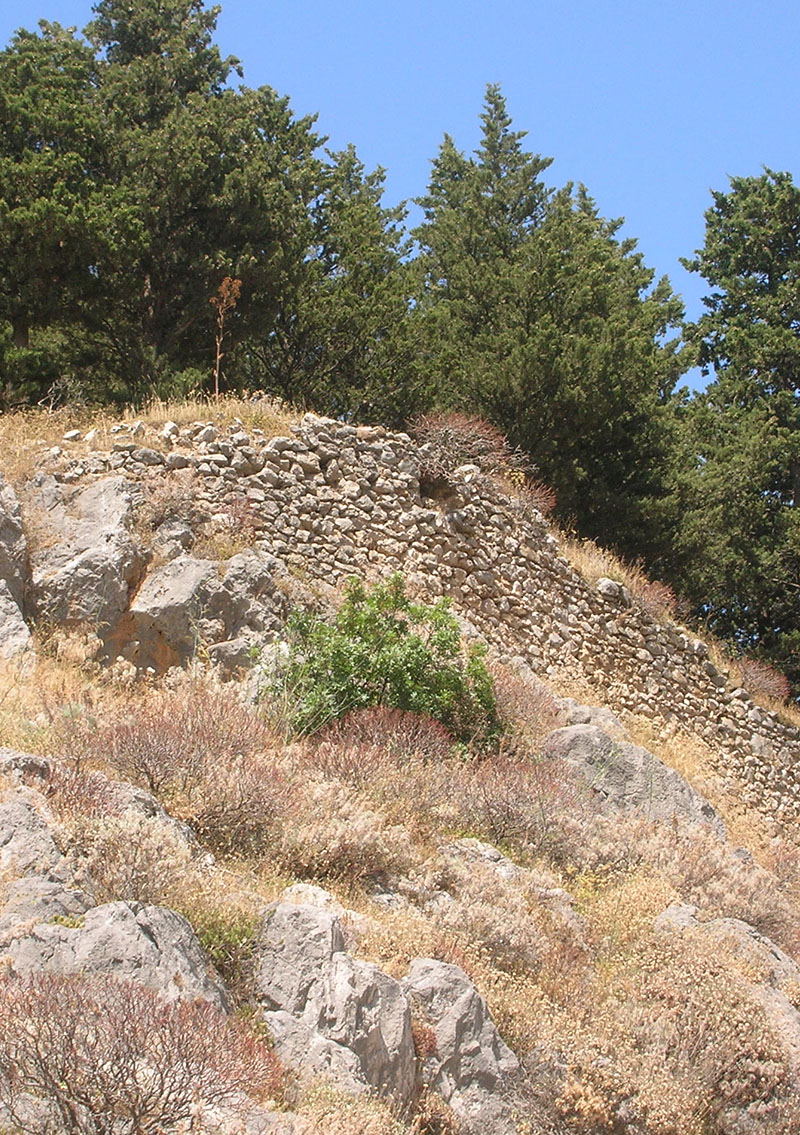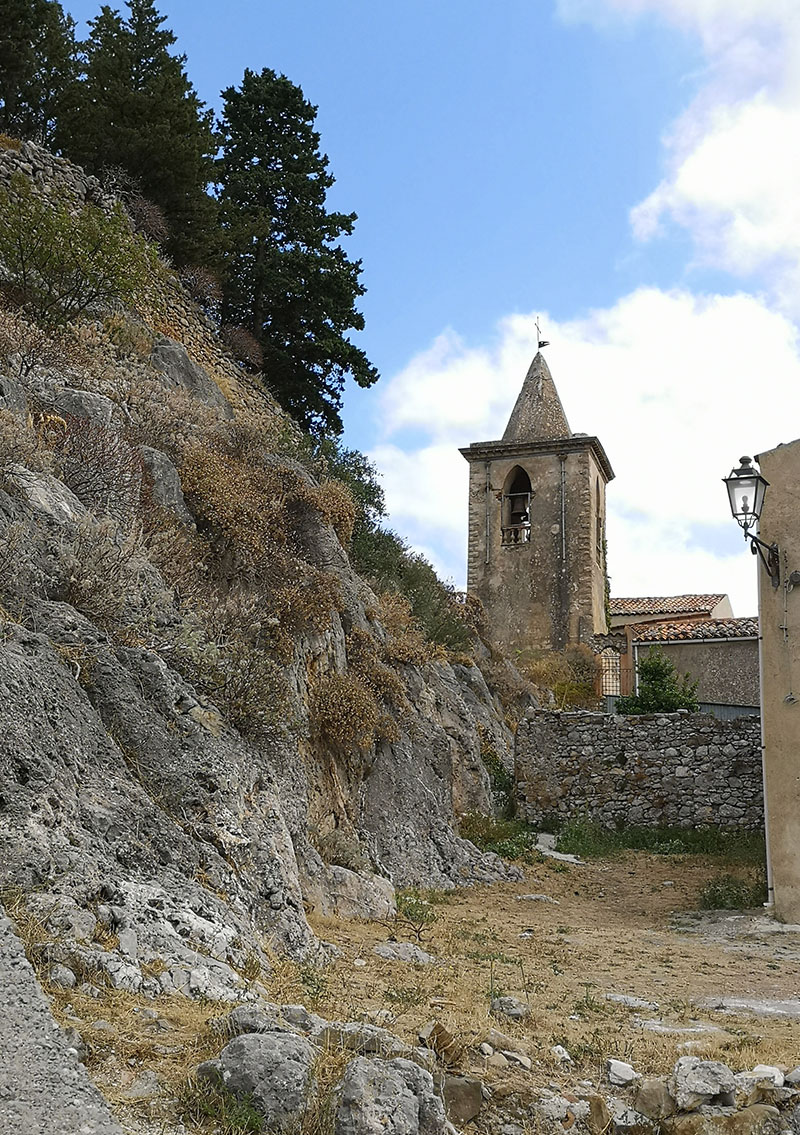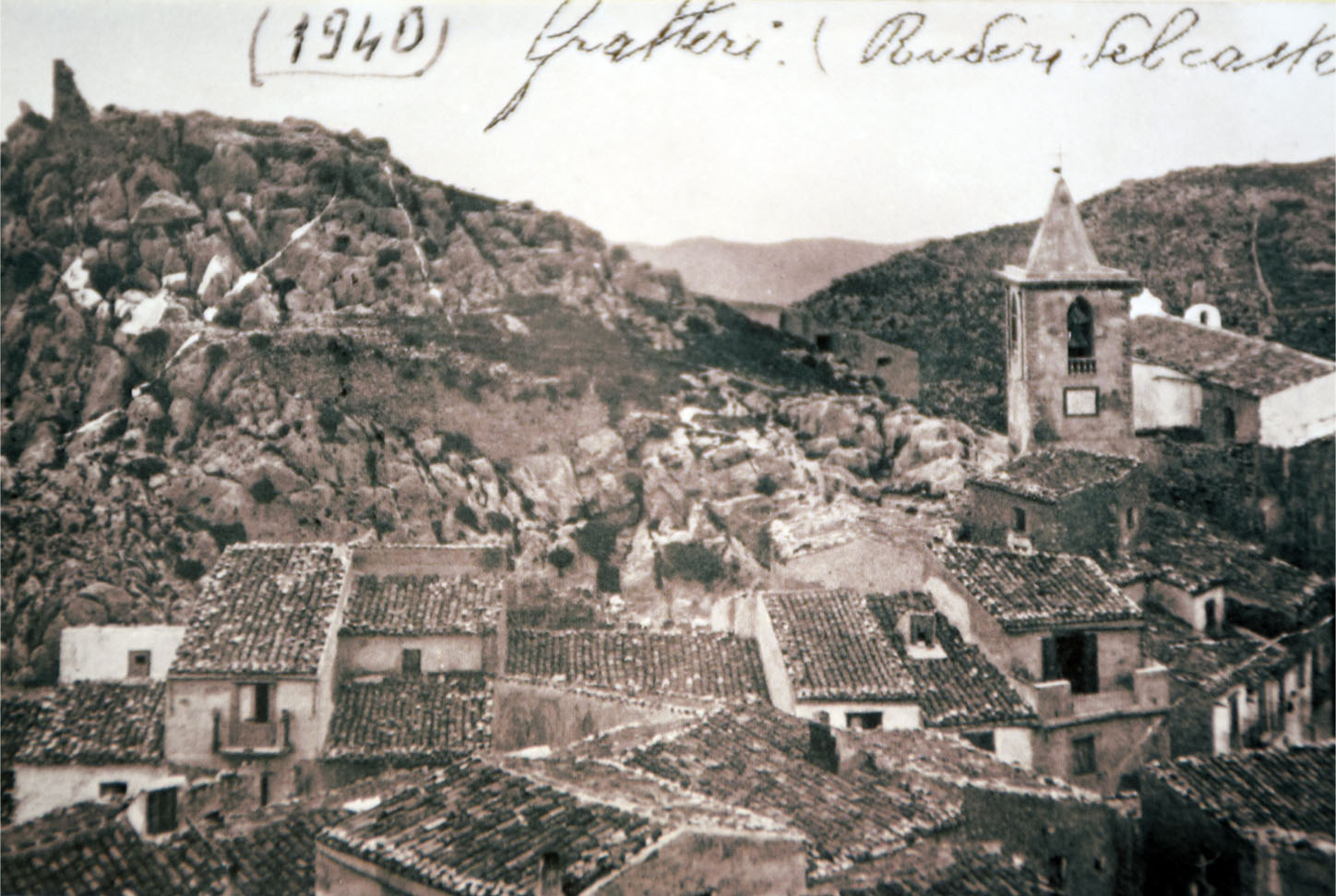Your basket is currently empty!
From Piazzetta Scala, you will discover an alley hidden by a stone drinking through where a cobblestones street opens up at the foot of the ancient fortress. From that widening you can still catch a glimpse of what remains of the ancient castle as well as the view of the bell tower of Matrice Vecchia. This is Via Arcaria, which probably takes its name from the arches or galleries underneath the original castle.
It is said, indeed, that in this area there were underground passages and the prisons of the ancient fortress of Ventimiglia were located there. These prisons are known for the dark story of Don Antonio Ventimiglia who had the bishop of Cefalù Niccolò De Burellis kidnapped by some of his thugs. He was starved to death in that prison in 1359 for having vigorously defended the church’s property and in particular the grain loader of Roccella (Di Francesca, 2000, p.15).
It is said that his body was found lifeless on his knees and with his eyes to the sky. A story diametrically opposed to that of Count Ugolino della Gherardesca told by Dante in the Divine Comedy, who was cruelly imprisoned by the Archbishop Ruggieri in the tower of the Muda of Pisa and starved to death in the dark in 1289.






